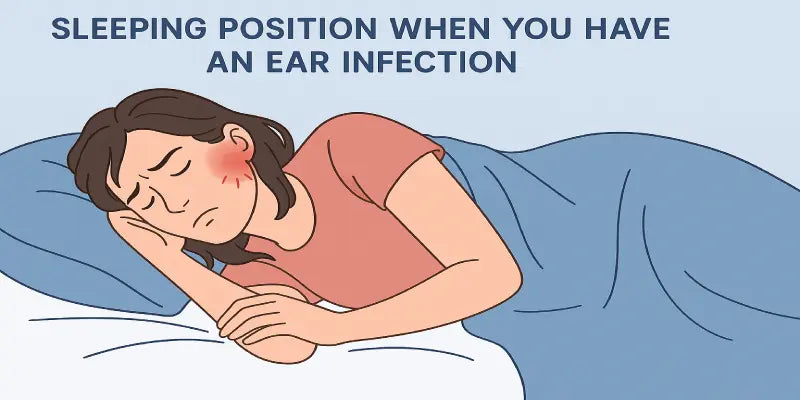
Complete History of the Sleeping Pillow
Ever wondered how pillows come into existence? It’s more interesting than you might think! From ancient civilizations using stone and wood, to today’s high-tech, memory foam designs, pillows have come a long way. They’ve changed with our needs and ideas about sleep. In this blog, we’ll explore how this everyday item has evolved over the centuries and what it reveals about our past and future.
The Early Days: Ancient Times
A long, long time ago, people didn’t have fluffy pillows like we do today. The history of the sleeping pillow began in Mesopotamia. Stone pillows were created around 7,000 BC. While not the ideal start for today's comfortable designs, these pillows were originally designed to keep insects out of people's mouths, ears, and noses.
Some were made of wood, while others were made from materials like bronze or pottery. They were not very comfortable, but people thought they were important for keeping away bad dreams and spirits. Only the wealthy Mesopotamians could buy these stone pillows, therefore they were a symbol of tremendous wealth.
The Middle Ages: A Soft Revolution
As time went on, pillows started to get a bit softer. During the Middle Ages and following the fall of the Roman Empire, only the aristocracy could consistently afford to use pillows, which meant that their use was uncommon. During the Middle Ages in Europe, people began using pillows made from feathers or straw.
However, the Industrial Revolution brought about a lot of changes, including the ability for almost anybody to construct their own pillow due to the unexpected abundance of reasonably priced textiles available for purchase. Usually, pillows were filled with whatever relatively supple material was on hand. These pillows were stuffed with natural materials to make them softer and more comfortable. They were still not as fluffy as our pillows today, but they were a big step forward.
Pillows In Modern World
By the 18th century, pillows started to look a lot more like what we use today. People in Europe started using pillows stuffed with soft materials like down feathers from ducks and geese. These feathers made the pillows really fluffy and comfortable. People also began to use fancy pillowcases to decorate their beds and make their rooms look nicer.
In the 20th century, pillows became even better. With new materials and technologies, people could make pillows in all kinds of shapes and sizes. Memory foam pillows, which remember the shape of your head and neck, became popular. These pillows are great for supporting your head while you sleep.
Today, there are pillows for everyone’s needs. You can find pillows for neck support, pillows for people who sleep on their sides, and even pillows made for different allergies. Pillows come in all sorts of materials, from memory foam to cooling gel. They are now an important part of making sure we get a good night’s sleep.
The Pillow's Future
What will pillows be like in the future? Maybe they will be even more advanced with new materials and technologies we haven’t thought of yet. One thing is for sure: pillows will always be an important part of our sleep and comfort.
So next time you rest your head on your pillow, remember it has a long and interesting history. From hard blocks to fluffy feathers, pillows have come a long way to help us sleep better.








